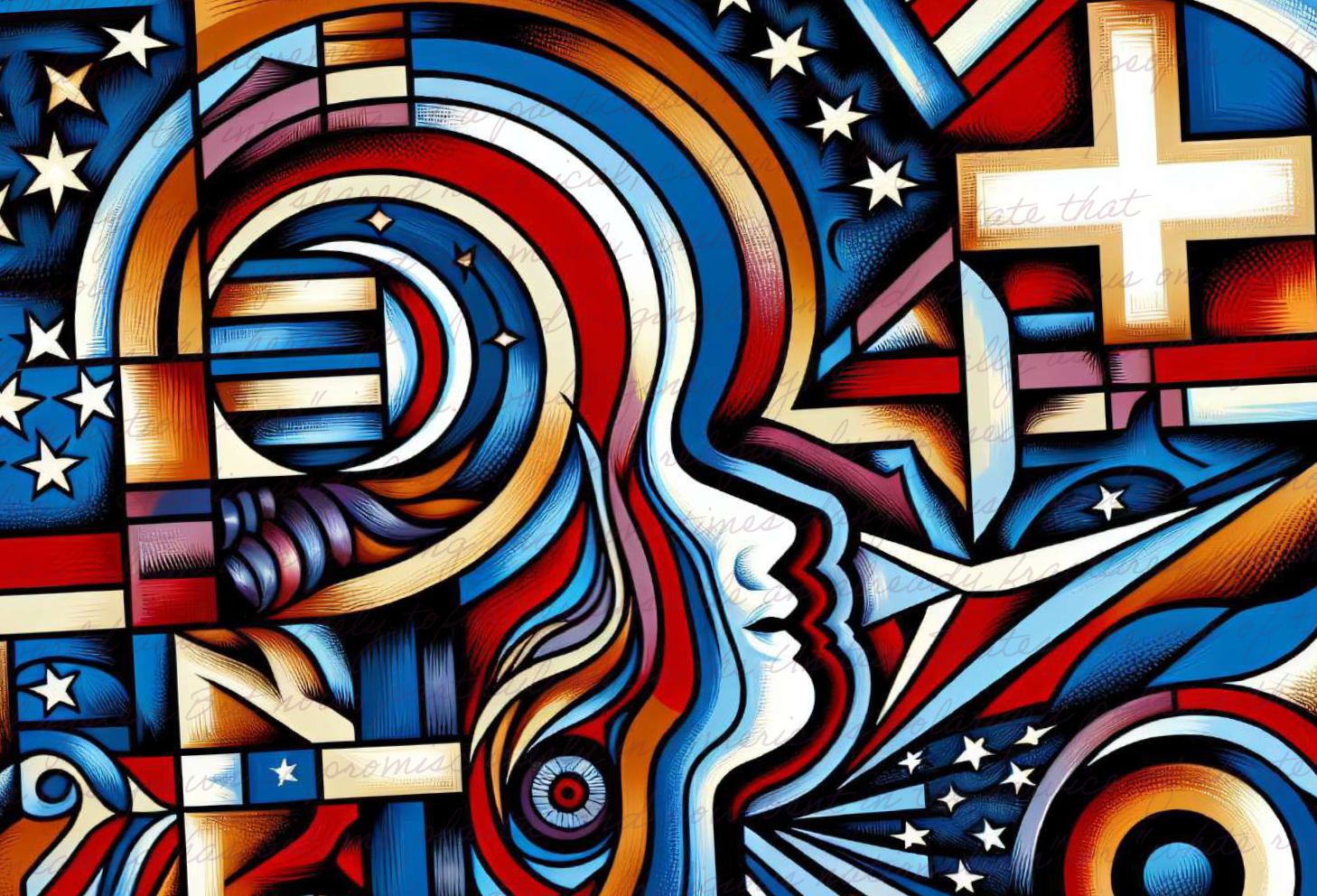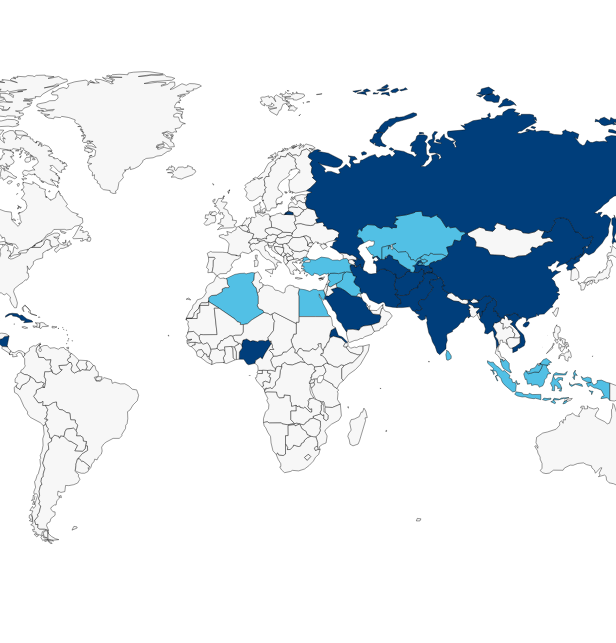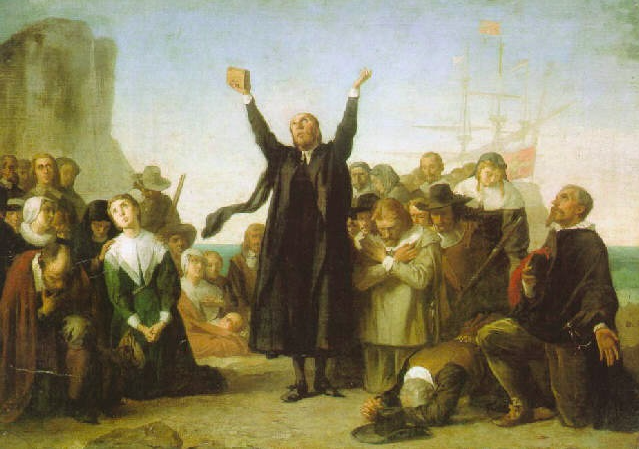In light of Indiana’s passage of an amended state-level version of the RFRA, Cornerstone asks this week’s contributors to address the following questions: To what extent should the religious freedom of small business owners protect them from having to act against their consciences? Would such protections open the door to wide-ranging and unjust discrimination against homosexuals, as many fear? What does a cost-benefit analysis reveal about RFRA legislation on the state level? What is at stake in Obergefell v. Hodges , and how does the case relate to state RFRAs? To what extent would a Supreme Court decision in favor of same-sex marriages impede free religious exercise?
By: Steven D. Smith
Contributors to this colloquy are invited to undertake, in light of the recent tumult over the Indiana religious freedom statute, a “cost/benefit” analysis of such legislation. But a plain lesson of that sorry episode, I think, is that the contemporary struggle is not over mundane costs and benefits. Something different—something larger and more portentous—is going on. If we try to understand the controversy in our accustomed terms—of interest balancing, of legal commitments to freedom of “religion” in competition with “secular” governmental interests—we will mistake the real nature of the controversy.
Viewed in conventional cost-benefit terms, the Indiana issue should be an easy one. On one side of the ledger, without legal protection some religiously scrupulous businesses may be subjected to heavy sanctions and will likely forced to close. That is a large cost. On the other side, the nation has over two decades of experience with laws virtually identical to Indiana’s, and that experience demonstrates—not with categorical certainty, but “beyond a reasonable doubt,” as lawyers say—that the laws do not generate or excuse any appreciable amounts of discrimination.
Which is hardly surprising. Many Americans oppose same-sex marriage, but few have any religious objection to serving customers based on sexual orientation. In economically delicate times, businesses are not seeking excuses to turn away customers, or to subject themselves to boycotts and crippling criticism. True, an occasional wedding photographer or florist might be excused from assisting in the celebration of a same-sex wedding; nearly always these services will be readily available elsewhere. Unless we attribute massive invincible ignorance not only to ordinary Americans but to the pundits, politicians, CEOs, athletic directors, and even scholars who expressed profound distress over the Indiana law, it is simply not plausible to understand that professed anguish in terms of sober, sincere predictions of on-the-ground discriminatory practices against the LGBT community.
So then how should we understand the controversy?
Consider this clue. A striking feature of the controversy was how opponents of the law exhibited features typically associated with negative depictions of “religion.” A zeal that tolerates no compromise. A righteous purity that reacts with pious indignation to even practically innocuous manifestations of deviance (such as that of a pizza business owner who never actually caters weddings but said she could not in good conscience cater a same-sex wedding). A lightness/darkness, us/them, Manichean view of the world. A readiness to twist or ignore small truths, and to conjecture ominously on scanty evidence, in the service of a larger Truth or Cause.
It seems, in short, that the opposition to Indiana’s religious freedom law was itself more “religious” in character than it was soberly “secular.” But what religion was manifest in that opposition?
That is the challenging question, I think, and I have no worked-out answer to it. But we might consider some darkly prescient lectures given by T. S. Eliot at Cambridge University on the eve of World War II. The future of Western societies, Eliot suggested, would be determined by a contest between Christianity and a rival that he described as “modern paganism.” Looking outward to America and the Dominions, Eliot in Christianity and Culture declared, “I believe that if these countries are to develop a positive culture of their own…they can only proceed either in the direction of a pagan or of a Christian society.”
The situation at the time, Eliot thought, was confused. With respect to “the division between Christians and non-Christians…the great majority of people are neither one thing nor the other, but are living in a no man’s land….” That observation is perhaps still true. But under the pressure of an increasingly intrusive government and judiciary, people are compelled to choose sides. Such a sorting out is occurring in recent controversies—not only the Indiana brouhaha but also the Hobby Lobby case—where the practical consequences are negligible, at least for the “progressive” or (in Eliot’s characterization) “pagan” side, but where the symbolism is powerful. Eliot thought that although Christianity had no very strong or pure presence in Western societies in his day, and although “paganism holds all the most valuable advertising space,” even so “a society has not ceased to be Christian until it has positively become something else.” Recent events suggest that this transformation to “something else” may by now be close to complete.
Whether “paganism” is a cogent label for capturing the emerging orthodoxy, whether formerly Christian societies and America in particular have by now become “positively something else,” whether a “Christian” or a “pagan” society is preferable: these are challenging questions. Eliot understood his audience’s likely aversion to the idea of a Christian society but suggested that the prospect “only becomes acceptable after you have fairly examined the alternatives.” And he offered a bleak depiction of one such likely alternative:
“a state of affairs in which we shall have regimentation and conformity, without respect for the needs of the individual soul; the puritanism of a hygienic morality in the interest of efficiency; uniformity of opinion through propaganda…. To those who can imagine, and are therefore repelled by, such a prospect, one can assert that…the only hopeful course for a society which would thrive and continue its creative activity in the arts of civilisation, is to become Christian. That prospect involves, at least, discipline, inconvenience and discomfort: but here as hereafter the alternative to hell is purgatory.”
There is much to ponder—and of course to dispute (or more likely, in our time, to wax indignant over)—in Eliot’s provocative assessment. What has become apparent in recent controversies, though, is that our conventional categories for thinking about these issues—costs and benefits, “religious” in contrast to a non-religious “secular”—are no longer adequate to capture and convey the current fraught developments. The contest is one among contending religious visions; and the zeal is not on the side of traditional Christianity.
Steven D. Smith is a Warren Distinguished Professor of Law at the University of San Diego and co-director of the university’s Institute for Law and Religion.
This piece was originally authored on April 28, 2015 for the Religious Freedom Project at Georgetown’s Berkley Center for Religion, Peace, and World Affairs.
THE RFI BLOG

Myths of Religious Nationalism in America and Abroad

France’s Olympic Hijab Ban Violates International Law And Exacerbates Tensions

RFI Briefs USCIRF on Lessons from 25 Years of U.S. Designating Religious Freedom Violators

Thought Police: Protecting the People from Prayer

A Religious “Delaware”: Establishing a State Haven for Religious Corporations
CORNERSTONE FORUM

Challenges to Religious Freedom in Iraq and the Critical Need for Action

Public Bioethics & the Failure of Expressive Individualism

Religious Liberty in American Higher Education

Scotland’s Kate Forbes and the March of Secularism


